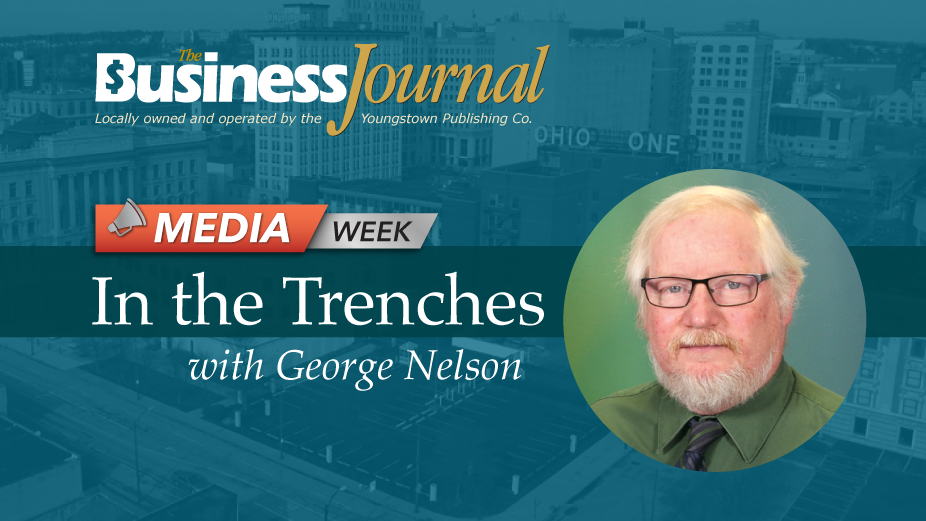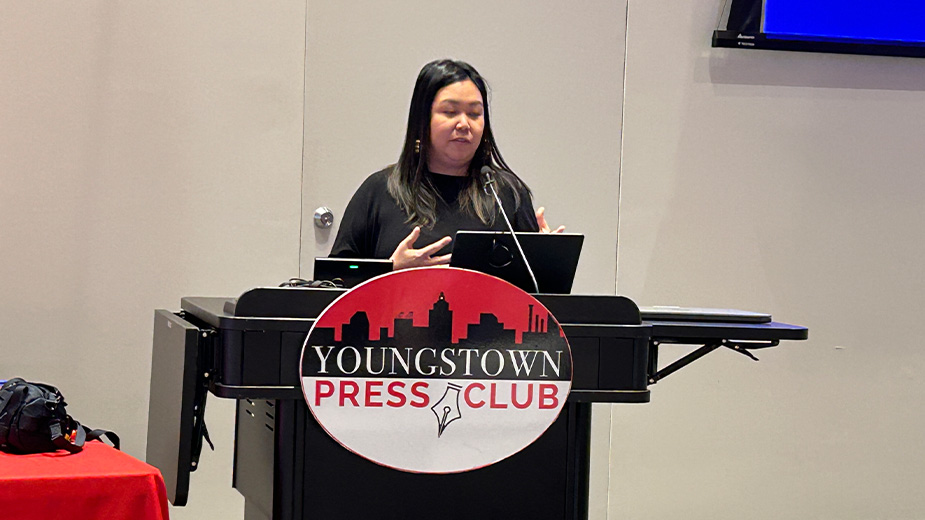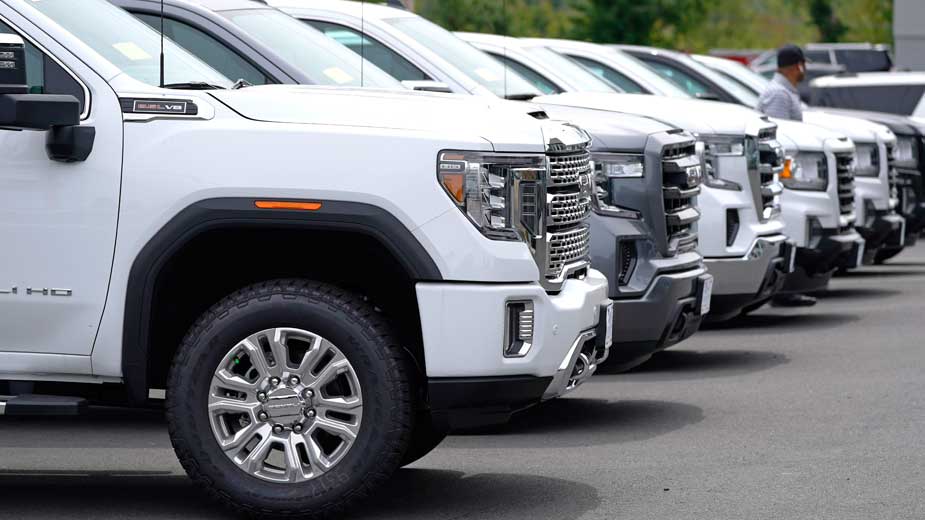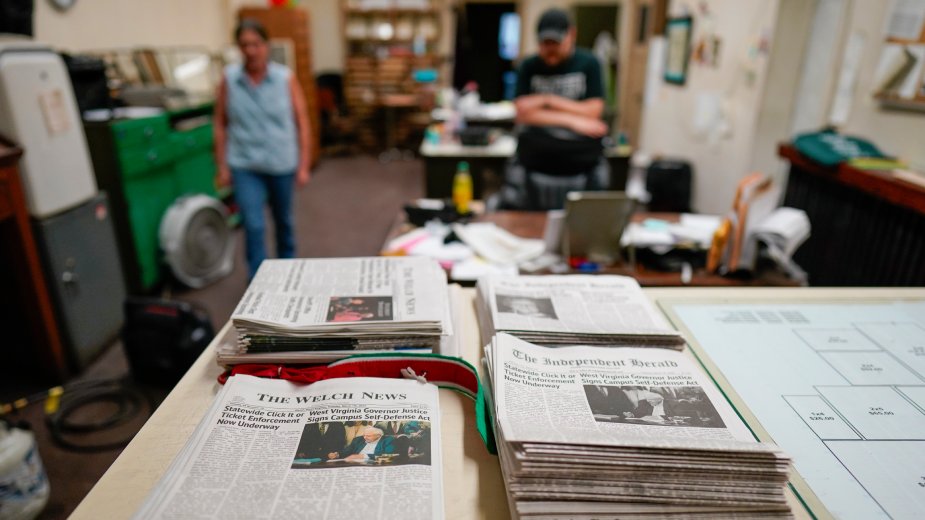Column: Presidential Candidates Go Missing
YOUNGSTOWN, Ohio — In a presidential election year, normally the Mahoning Valley would be deluged with visits by the Democratic and Republican presidential candidates and their surrogates. The lead-up to the primaries and general election pack the Covelli Centre and hangars at the Youngstown-Warren Regional Airport as thousands of supporters gather at campaign events.
Not so in 2020; even the Canfield Fair was canceled. Four years earlier, thousands of supporters stood at the county fairgrounds in scorching Labor Day heat to catch a glimpse of then presidential candidate Donald Trump. A few days earlier, Joe Biden, the man who would defeat Trump in 2020, paid a visit to shake hands while campaigning for Hillary Clinton.
Trump and Biden appeared in person for the first presidential debate, Sept. 29 in Cleveland. But even there, local press availability was restricted.
Biden did stop by Alliance as he traveled by train from the debate. His wife, Jill Biden, visited the farm of a supporter in Volant, Pa., the day before Election Day. Again, both events had limited capacity and press availability.
Though not an official campaign event, Vice President Mike Pence was the featured guest June 25 at the unveiling of the Endurance pickup truck at Lordstown Motors Corp.
The president did no in-person campaigning in the Mahoning Valley, but his two eldest children, Donald Trump Jr. and Ivanka Trump, did stop here the week before the election.
Social distancing was basically ignored at both events, and those attending largely followed the president’s example by flouting mask guidance.
The conditions prompted our staff covering the events to upgrade to N95 masks for better protection. Additionally, I gained a new appreciation for what my wife, a nurse, has to endure during her 12-hour shifts.
The pandemic radically changed how meetings of various public bodies are covered. Whereas those previously could only be covered in person, officials soon went to virtual meetings, authorized by a new state law permitting that.
It’s an approach that has advantages and disadvantages.
Being able to cover a meeting from the office (or anywhere that the meeting can be accessed virtually) means less travel time But virtual meetings often lack an option for asking follow-up questions, which can be a challenge when public officials are unable – or choose not – to respond to inquiries right away, if at all.
Many public employees still are working remotely as well, complicating the ability to get comments or information.
There has been loosening of restrictions, with some government and quasi-government organizations now permitting media to attend meetings in person.
This probably will increase as vaccine distribution becomes more widespread. Still, remote coverage probably will continue to be the norm for some time.
This year, I also participated in Your Voice Ohio, a collaboration of 50-plus news organizations statewide that combined resources to take a different approach to cover the election.
We held virtual meetings with volunteers around Ohio to get their insights on the election, the candidates, the issues and how all of the above were being reflected in the media they see every day.
Stories were prepared based on that input and other information gathered by the news organizations and journalists.
That collaboration continues as we share resources moving forward.
Look for more In the Trenches reports throughout Media Week.
Copyright 2024 The Business Journal, Youngstown, Ohio.



